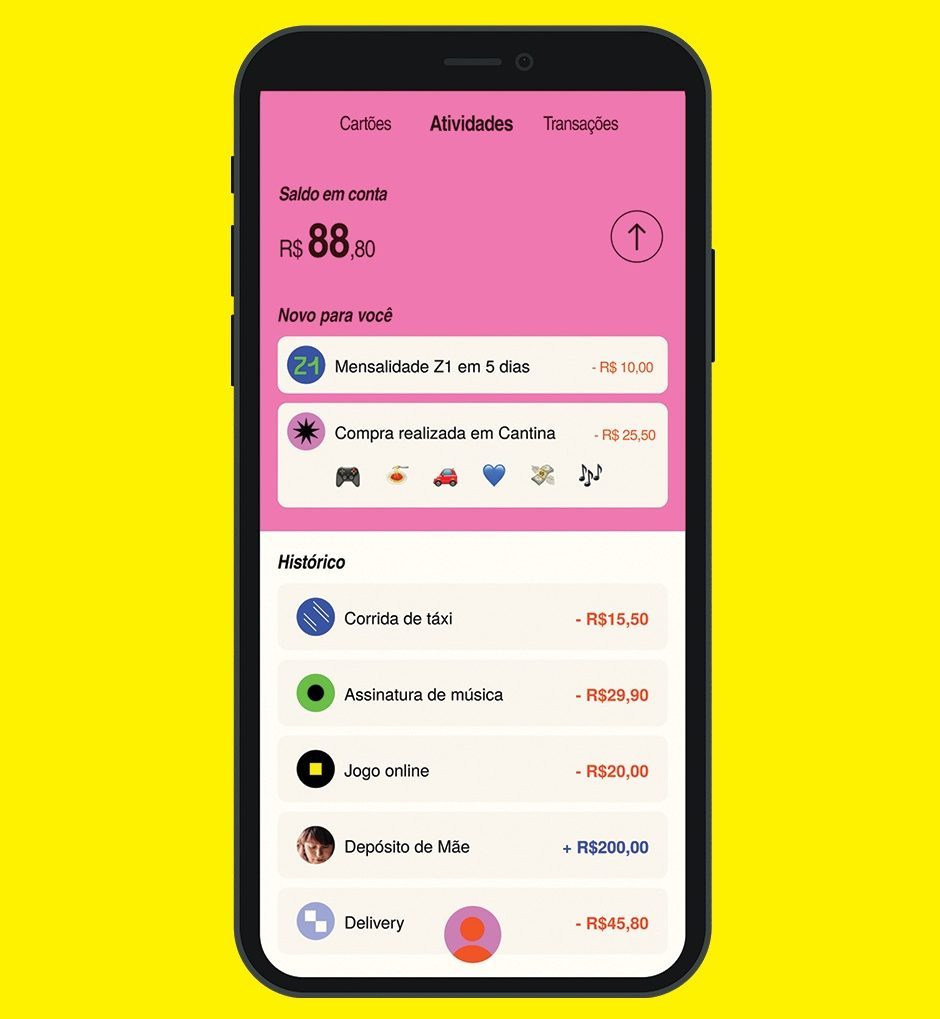As companies look for ways to respond to incidents in their complex micro services-driven software stacks, SREs or site reliability engineers are left to deal with the issues involved in making everything work and keeping the application up and running. Rootly, a new early stage startup wants to help by building an incident response solution inside of Slack.
Today the company emerged from stealth with a $3.2 million seed investment. XYZ Venture Capital led the round with participation from 8VC, Y Combinator and several individual tech executives.
Rootly co-founder and CEO Quentin Rousseau says that he cut his SRE teeth working at Instacart. When he joined in 2015, the company was processing hundreds of order a day, and when he left in 2018 it was processing thousands. It was his job to make sure the app was up and running for shoppers, consumers and stores even as it scaled.
He said that while he was at Instacart, he learned to see patterns in the way people responded to an issue and he had begun working on a side project after he left looking to bring the incident response process under control inside of Slack. He connected with co-founder JJ Tang, who had started at Instacart after Rousseau left in 2018, and the two of them decided to start Rootly to help solve these unique problems that SREs face around incident response.
“Basically we want people to manage and resolve incidents directly in Slack. We don’t want to add another layer of complexity on top of that. We feel like there are already so many tools out there and when things are chaotic and things are on fire, you really want to focus quickly on the resolution part of it. So we’re really trying to be focused on the Slack experience,” Rousseau explained.
The Rootly solution helps SREs connect quickly to their various tools inside Slack, whether that’s Jira or Zendesk or DataDog or PagerDuty, and it compiles an incident report in the background based on the conversation that’s happening inside of Slack around resolving the incident. That will help when the team meets for an incident post-mortem after the issue is resolved.
The company is small at the moment with fewer than 10 employees, but it plans to hire some engineers and sales people over the next year as they put this capital to work.
Tang says that they have built diversity as a core component of the company culture, and it helps that they are working with investor Ross Fubini, managing partner at lead investor XYZ Venture Capital. “That’s also one of the reasons why we picked Ross as our lead investor. [His firm] has probably one of the deepest focuses around [diversity], not only as a fund, but also how they influence their portfolio companies,” he said.
Fubini says there are two main focuses in building diverse companies including building a system to look for diverse pools of talent, and then building an environment to help people from under-represented groups feel welcome once they are hired.
“One of our early conversations we had with Rootly was how do we both bring a diverse group in and benefit from a diverse set of people, and what’s going to both attract them, and when they come in make them feel like this is a place that they belong,” Fubini explained.
The company is fully remote right now with Rousseau in San Francisco and Tang in Toronto, and the plan is to remain remote whenever offices can fully reopen. It’s worth noting that Rousseau and Tang are members of the current Y Combinator batch.



